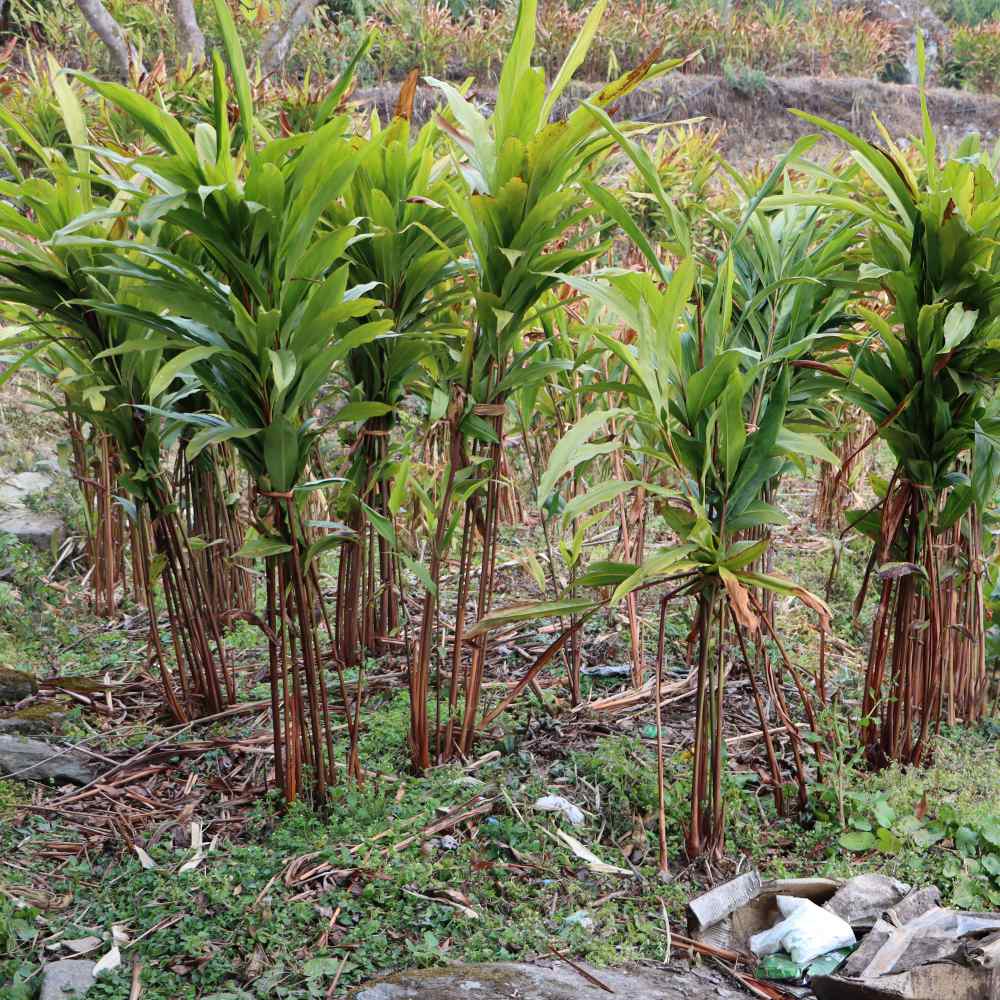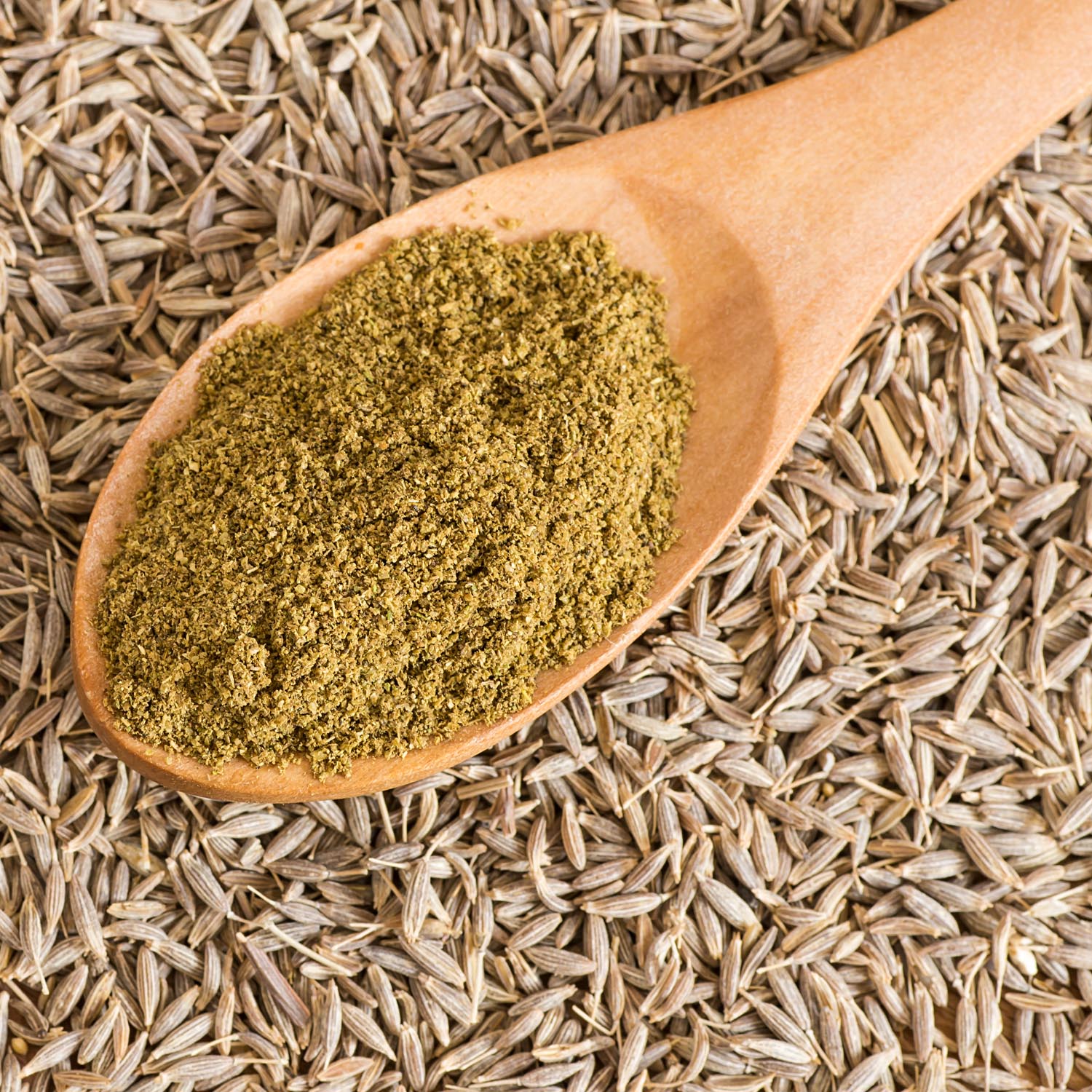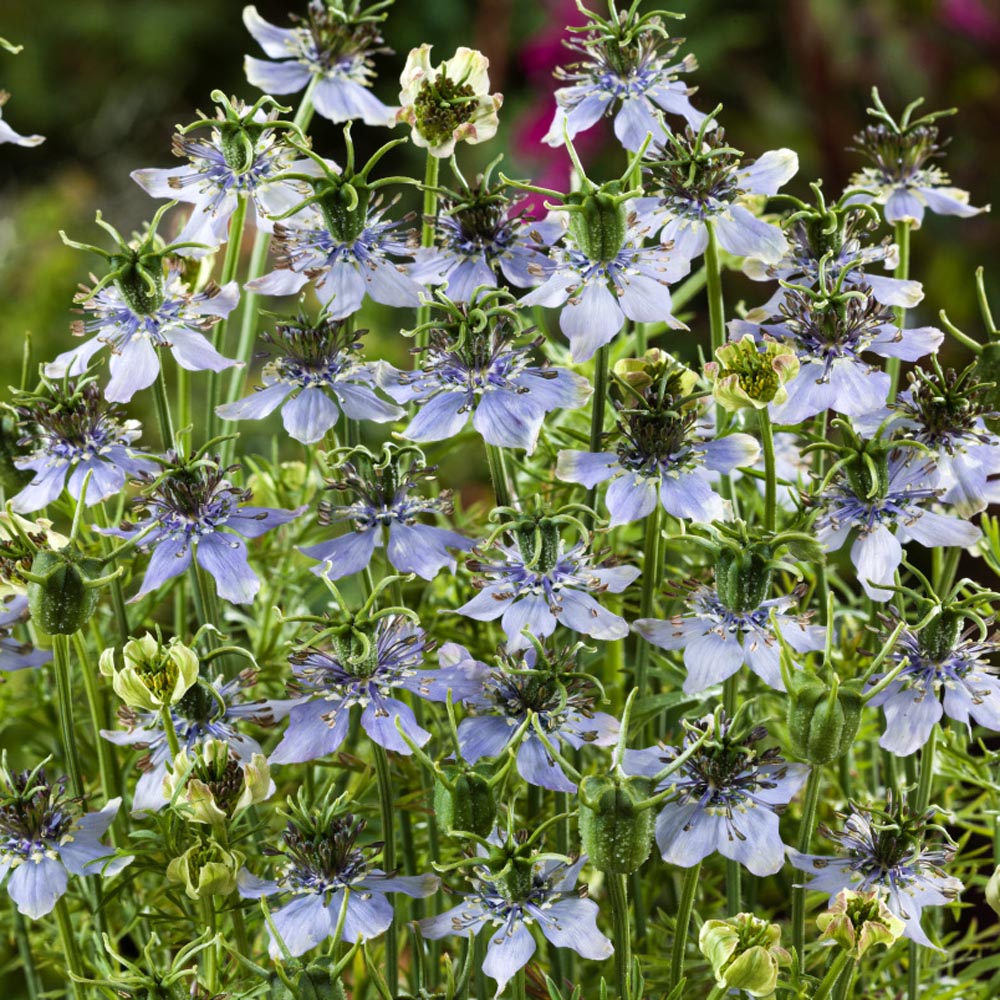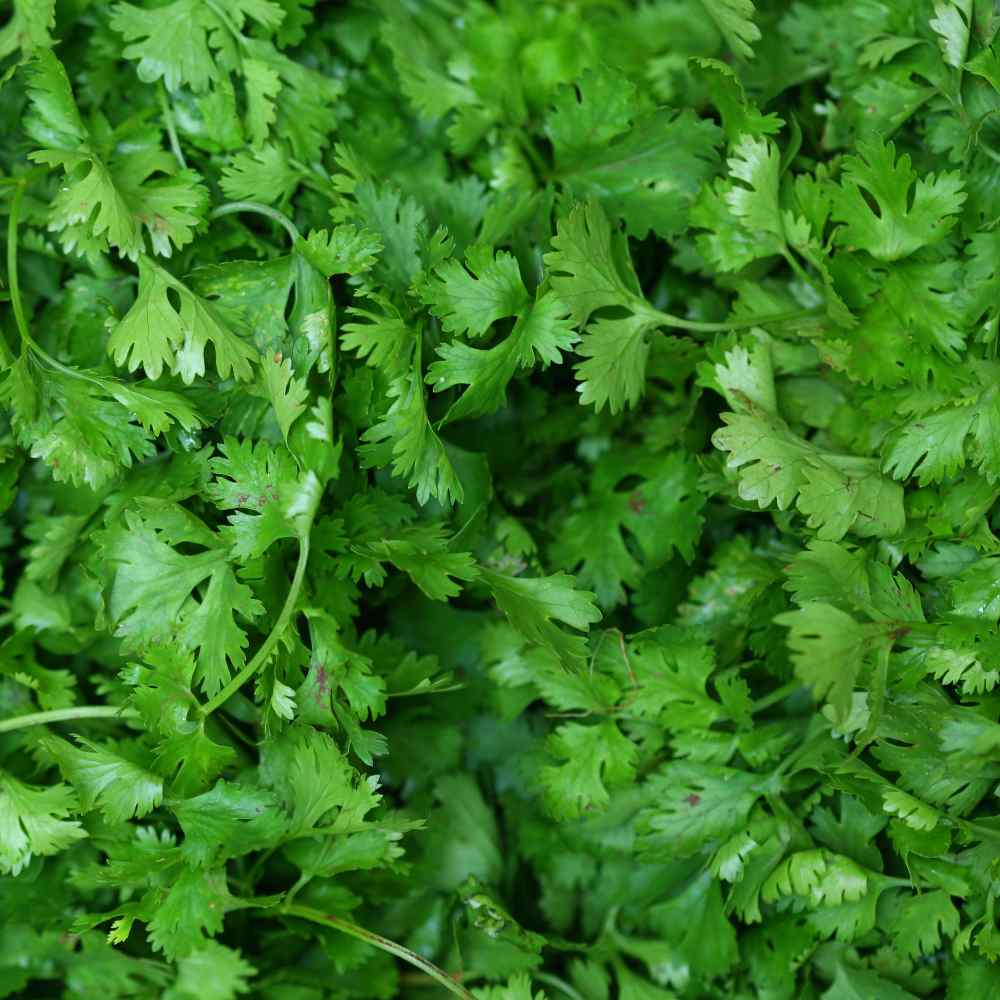
Black Cardamom Planting Guide
Quick Facts About Black Cardamom
Black Cardamom originates from an herbaceous perennial plant native to India and Asia. This culinary herb is a key ingredient in Chinese, Vietnamese, and Indian cuisines. Vikings are believed to have introduced this spice to Scandinavia, where it is still used in baking bread and pastries. In Arabic culture, Cardamom is commonly used to enhance the flavor of coffees and teas. The distinctive taste of Black Cardamom is described as dark and smoky, with hints of camphor and mint.
Planting Time
Start the Cardamom seeds indoors in early winter. These herb seeds can be slow to germinate.

Planting Location
Plant in partial shade with well-drained nutrient rich soil.
How to Plant Black Cardamom
- Sow indoors in rich organic seed starting mix 6 - 8 weeks before your last frost. You can also start directly in the garden after danger of frost has passed.
- Presoak cardamom seeds overnight before planting 2 - 3 seeds per container.
- Start in peat pots so you will not need to disturb seedlings when transplanting. Or start in a container you will keep it in as it matures, cardamom gets stressed when transplanting.
- Once seedlings sprout, ensure they receive plenty of light by placing them on a sunny windowsill or positioning them 3-4 inches below fluorescent plant lights that are switched on for 16 hours daily and off for 8 hours at night. Adjust the lights as the plants grow taller. Avoid using incandescent bulbs as they generate excessive heat. Remember, most plants need a period of darkness to thrive, so do not keep the lights on for 24 hours.
- Transplant into garden when temperatures are consistently warm.
- Before transplanting, seedlings need to be “hardened off”. Accustom young plants to outdoor conditions by moving them to a sheltered place outside for a week. Be sure to protect them from wind and hot sun at first. If frost threatens at night, cover or bring containers indoors, then take them out again in the morning. This hardening off process toughens the plant’s cell structure and reduces transplant shock and scalding.
- Space plants 36 - 60 inches apart in garden.

Care And Maintenance
- Maintain weed control throughout the growing season. Weeds can compete with plants for water, space, and nutrients, so it's essential to manage them by regular cultivation or by applying mulch to stop their seeds from sprouting.
- Mulches play a crucial role in retaining soil moisture and regulating soil temperatures consistently. When dealing with annual plants, using organic mulch made from shredded leaves can enhance the appearance of the bed naturally and enrich the soil as it decomposes over time. Remember to avoid placing mulch directly against a plant's stems to avoid potential rot issues.
- For optimal growth, plants typically require around 1 inch of rain per week throughout the growing season. Aim to water every other day or when the top of the soil feels dry to the touch.
- Cardamom grows from a rhizome that can grow large and be divided after three to four years. To transplant a segment of the cardamom rhizome, get a similarly sized container and use moist, loamy soil to repot a piece of the cardamom with several leaf sheathes.
- If your plant is normally outside during the warm summer but the temperatures drop to 60 to 70 F, it's best to bring it indoors. Cold temperatures can stress the plant and lead to your plant dying.
- Place the plants in the most humid area of the house with filtered light. Bathrooms are ideal locations for cardamom plants.
- During the colder months, which span from October to March, refrain from using fertilizer. Additionally, water the plant only when the soil is dry. Since the plant thrives in humidity, ensure to keep it moist by misting if needed.




































